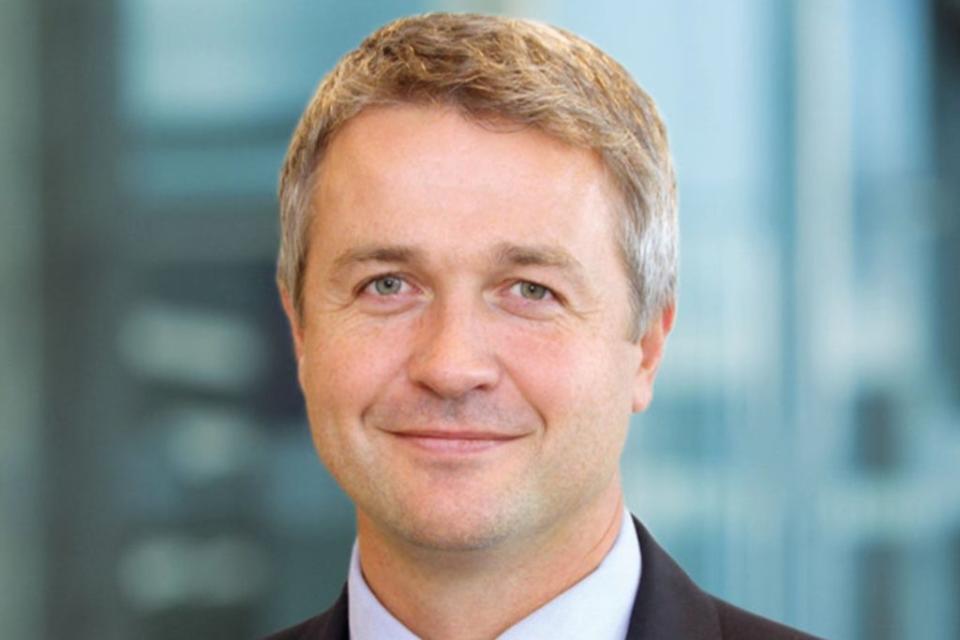It might not look like it now, but our problems may be sorted by spring

As the nights draw in it looks like it’s going to be a difficult winter for the British economy. Shortages and bottlenecks are rising as the Christmas season looms, sky-high energy prices are threatening large parts of the corporate sector, and the Bank of England is hinting that interest rates could rise before the end of the year. For the first time in decades the economic buzzword is “stagflation” — that toxic combination of stagnating growth and high inflation that characterised much of the Seventies.
To be fair, most of these trends are happening around the world as the global economy lurches back to life after the pandemic, triggering unexpected new bottlenecks across supply chains like a global game of whack-a-mole. The outlook is the most uncertain it’s been since the depths of lockdown.
The swing factor that will determine whether growth remains resilient will be how persistent price rises turn out to be. A lasting bout of high inflation could eat into consumer incomes and undermine confidence. Central banks are sticking to their prediction that inflation will prove “transitory” even if the timelines have already been pushed out from six months to a year or two. In most cases they are probably still right — many bottlenecks will unwind naturally and prices will fall back down, actually reducing inflation.
For example, second-hand car prices will eventually fall back down as the shortages of microchips that control modern cars ease and manufacturers can ramp new car production back up. Similarly, we’re starting to see the sky-high price of shipping freight fall back — prices for shipping goods from China have already halved from the peak.
However, there are two big sources of higher prices that are much less likely to unwind quickly. The first is energy prices, where strong demand and global supply shortages across gas, oil and coal are likely to keep prices high for some time. Investor pressure on fossil fuel companies to work towards to a lower-carbon world means we’re unlikely to see new supply coming online quickly, and even if Russia wanted to increase gas supplies to Europe it’s not clear how much difference that could make. Using the net zero transition to reduce our dependence on fossil fuels is the medium-term answer but building more renewables and new nuclear power stations will take time.
The best that can be said about higher energy prices is that they are a one-off source of inflation — unless prices rise yet again next year they won’t be adding further to the inflation numbers in a year’s time. That’s why the biggest persistent risk to inflation is labour shortages and the impact of a tight labour market. It’s possible to take a glass half empty or a glass half full view on wage inflation. The pessimistic take is that rising wages will just be passed on by companies in higher prices. Of course there will be some of this, but I think more optimism is warranted. Some lower paid sectors will transition to a higher wage model and companies will have to invest in new technologies and business models to raise productivity.
In any case, the pressure on inflation from rising wages takes years to build. Central banks will be able to respond to overheating economies with gradually higher interest rates, and will mostly regard that as a good problem to have when their bigger fear is still slow growth and deflation.
For now, the stagflation prediction remains too alarmist. Vacancies are at record highs and even though some are dealing with the ending of the temporary Universal Credit uplift, most consumers and businesses are in decent shape, with wages rising and cash available for new business investment.
This doesn’t mean there aren’t serious risks on the horizon: China’s growth engine continues to slow; large parts of the global industrial sector could face shut-downs over the winter due to the energy crisis; and in the UK, April next year will bring a double whammy as National Insurance increases coincide with another rise in the energy price cap.
Despite all this, the most likely outcome remains that we emerge in the spring with the economy still growing, unemployment low and continuing to fall, and inflation elevated but under control. But it could be quite a bumpy ride, and even in this good scenario there won’t much of a feel-good factor in the air.
Rupert Harrison is a former chair of the Council of Economic Advisers and a multi-asset portfolio manager at BlackRock
Read More
BP-backed UK energy supplier Pure Planet ‘close to collapse’

 Yahoo News
Yahoo News 